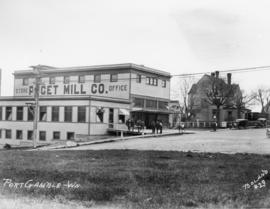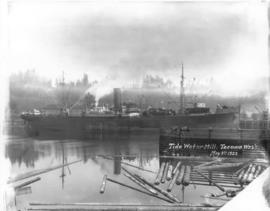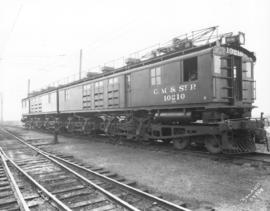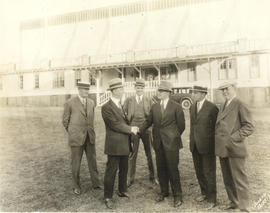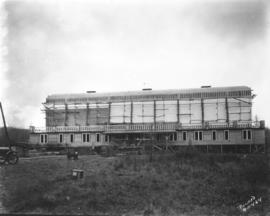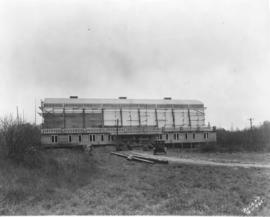- Item
- 1918
Part of Marvin Boland Photographs
ca. 1918. In 1853, Capt. William Talbot located the perfect site for a lumber mill, a sheltered bay five miles inside of the Hood Canal. He and partners Josiah Keller, Andrew Pope and Charles Foster built the Puget Mill in an area called "Teekalet" by the native Americans. In 1865, the town that the mill had erected for its workers was renamed Port Gamble. A company store was built in 1853, but it was replaced in 1916 by this office and general store built on Rainier Ave. As the centerpiece for the company town, the store sold groceries and household items needed by the workers and also served as the communication center, posting news of the world on its bulletin boards. The offices for the company were located upstairs. The building is still the General Store in Port Gamble, although it now caters to tourists, while a museum is now located on the lower level. (HistoryLink.org, Bremerton Sun 5/15/1953) Boland #23
Lumber industry--Port Gamble; Puget Mill Co. (Port Gamble); General stores--Port Gamble;
